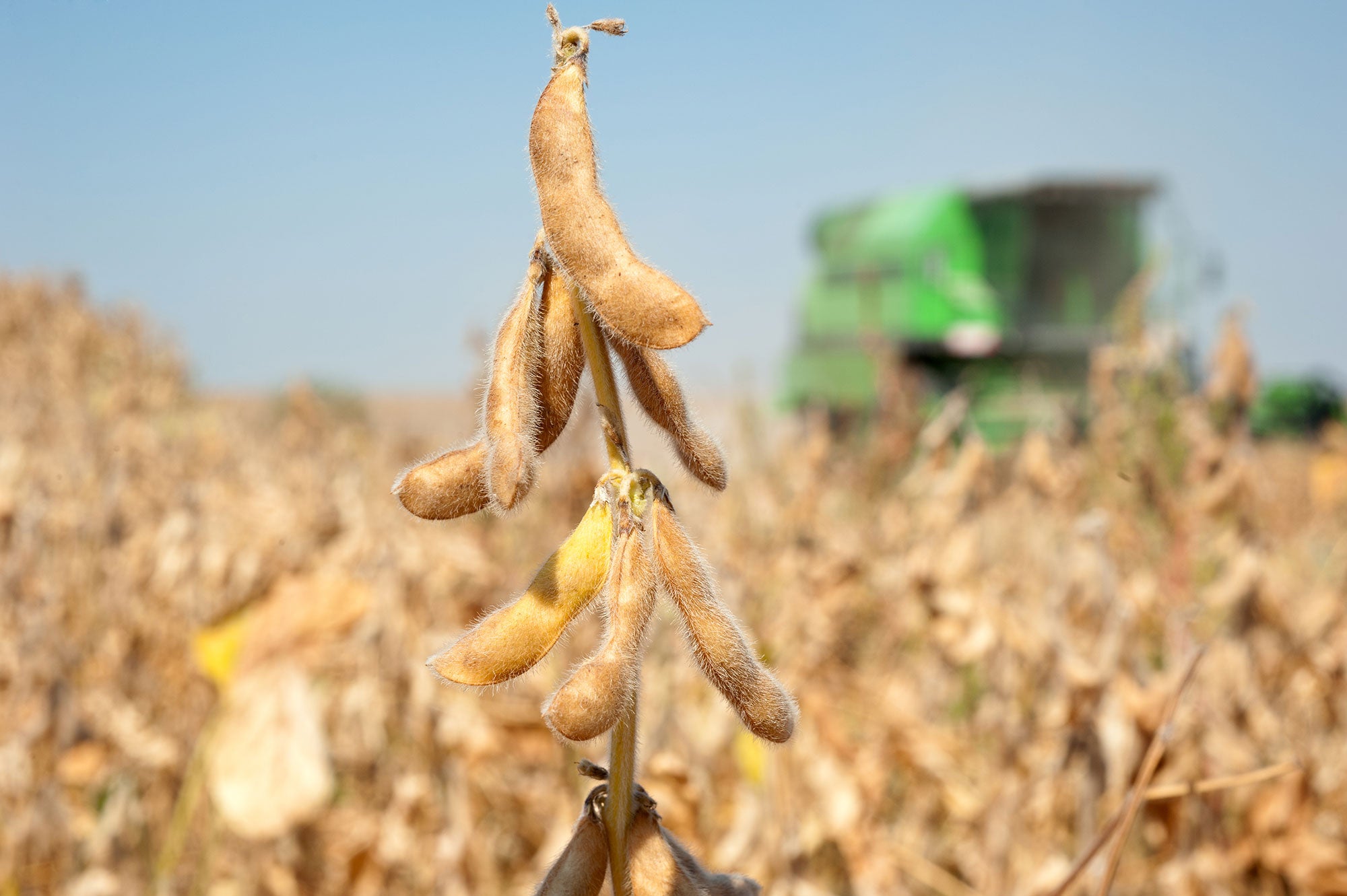On Thursday, Sept. 26, Hurricane Helene made landfall in Florida as a devastating Category 4 hurricane before making its way through Georgia in the early hours of the morning on Sept. 27 and downgrading to a tropical storm affecting South Carolina, North Carolina, Kentucky, and Tennessee — with deep, disastrous impacts across agricultural sectors.
In the aftermath of Hurricane Helene, communities across the Southeast, from Florida to Georgia, through the Carolinas to Virginia and Tennessee, are picking up the pieces.
The devastation in rural and farm communities has been widespread, and it will be weeks — possibly months — before we know the full impact of the storm. Farm Bureau organizations across the region are providing resources for those affected and those looking to help their neighbors near and far. The American Farm Bureau will continue to pass along updates from our state Farm Bureaus as information becomes available.
“My message to farmers is document, document, document,” Georgia Agriculture Commissioner Tyler Harper said. “We need as much information as possible to ensure that we can get the needed resources and the needed help deployed as quickly as possible. We’ve already started discussions with Georgia’s U.S. Congressional delegation to get federal disaster declaration and funding.”
“We’re seeing and hearing about damage to pecan trees, poultry houses, flattened row crops, dairies, and poultry houses without power along with food processing facilities without power,” Harper said.
Bipartisan efforts push for disaster funding
U.S. Sen. Jon Ossoff and U.S. Rep. Austin Scott (Georgia-08) are leading a bipartisan, multi-state push for disaster relief funding to prevent serious and lasting economic damage to the agricultural sector in the Southeastern United States.
On Oct. 1, Sen. Ossoff and Rep. Scott, alongside Georgia’s entire U.S. Congressional Delegation, led a bipartisan, bicameral group of 34 lawmakers from Southeastern states, urging Congressional leadership to work with them and the Biden Administration to ensure disaster relief resources are made available to agricultural producers following the devastating impacts of Hurricane Helene on agriculture.
“To prevent deep and lasting economic damage to the agricultural industry in the Southeastern United States, it is imperative that Congress make appropriations as soon as possible upon the completion of damage assessments to fully fund unmet agricultural disaster relief needs in our states and across the nation,” Sen. Ossoff, Rep. Scott, and colleagues wrote to Congressional Leadership. “Farmers and growers nationwide, not only those damaged by Helene, have now faced multiple growing seasons without sufficient federal support. Our constituents are counting on us to act swiftly.”
The letter was sent to U.S. House Speaker Mike Johnson and U.S. Senate Majority Leader Charles Schumer along with House Minority Leader Hakeem Jeffries and Senate Minority Leader Mitch McConnell.
Harvest time is being impacted by the hurricane
September is harvest time for many southeastern farmers, and Clemson Cooperative Extension Service in South Carolina experts say rain and wind from Hurricane Helene could pose problems for crops.

Cotton is one crop that will likely be affected. Michael Jones, Clemson Cooperative Extension Service cotton specialist housed at the Pee Dee Research and Education Center in Florence, South Carolina, said forecast winds and rain will impact the crop. “Cotton development varies greatly, with some fields ready to be defoliated while others are still a few weeks away,” Jones said. “Most fields have open bolls at this time, so the storm will be an issue.”
Cotton harvest typically begins in South Carolina in late September. Cotton fiber weight and quality are best the day the boll opens. Fiber degrades with water produced by storms. Many farmers are waiting to defoliate until after the storm passes. “It’s possible leaves still on the plants may provide a little protection for the open bolls,” Jones said.
Wet ground also makes it difficult to use heavy equipment. “We won’t know the extent of the impact until after the storm,” Jones said. “High winds will blow lint to the ground, and tangled plants will make harvest difficult.”
The U.S. Department of Agriculture reports that 225,000 acres of cotton were planted in South Carolina in 2024, up from 210,000 in 2023.
South Carolina soybean crop
Michael Plumblee, Clemson Extension corn and soybean specialist housed at the Edisto REC in Blackville, South Carolina, said about 25% of the state’s soybean crop has reached maturity, with most of the crop beginning to drop leaves.
“The rain we expect will alleviate drought-like conditions in some areas and help seed fill on non-irrigated soybeans,” Plumblee said. “But wind could accelerate leaf drop on mature soybeans and cause green-leafed plants to lodge, which will impact harvest efficiency.”
There’s also a risk of Asian soybean rust blowing in with the storm. “Ideally, soybeans with decent yield potential are protected from disease with foliar fungicide through R6 (green bean stage) or until seeds completely fill the pods,” Plumblee said.
The USDA reports 390,000 acres of soybeans were planted in South Carolina in 2024, down 395,000 acres planted in 2023.
South Carolina corn crop
About 95 percent of South Carolina’s corn crop has been harvested. For corn still in the field, lodging is possible due to poor stalk quality and high winds.
“If possible, farmers should harvest any remaining corn before the storm,” Plumblee said. “Excessive rain on exposed ears could promote ear rots or quality issues, but most of the quality corn has already been harvested.”
Plumblee also advises farmers to check grain bins for leaks to protect stored corn from wind and water.
The USDA reports 345,000 acres of corn were planted in South Carolina in 2024, down from 365,000 acres planted in 2023.
Resources for farmers
Florida
Georgia
North Carolina
Tennessee
Virginia

